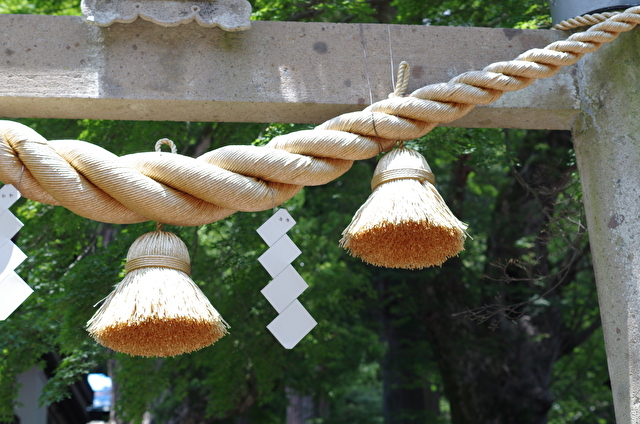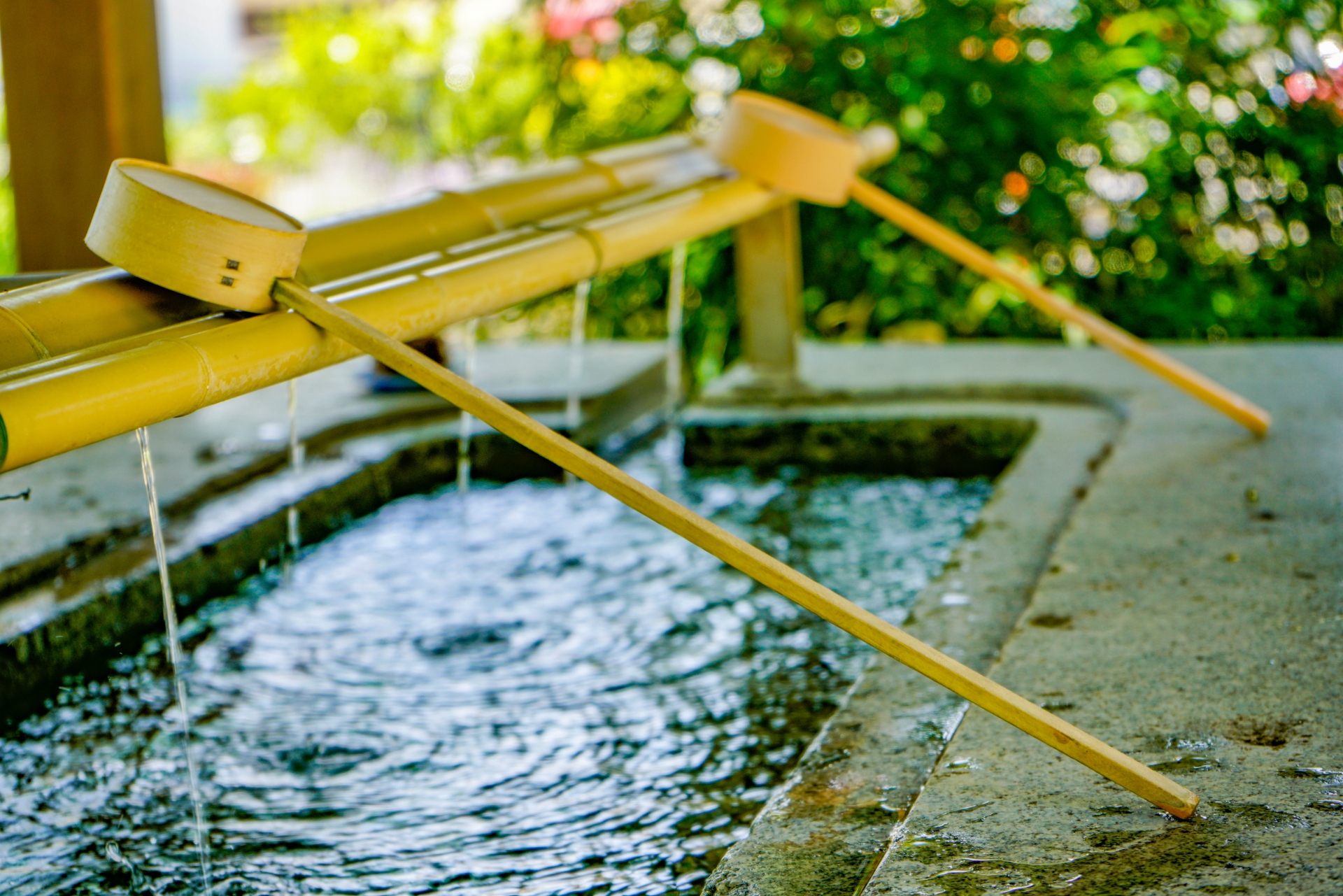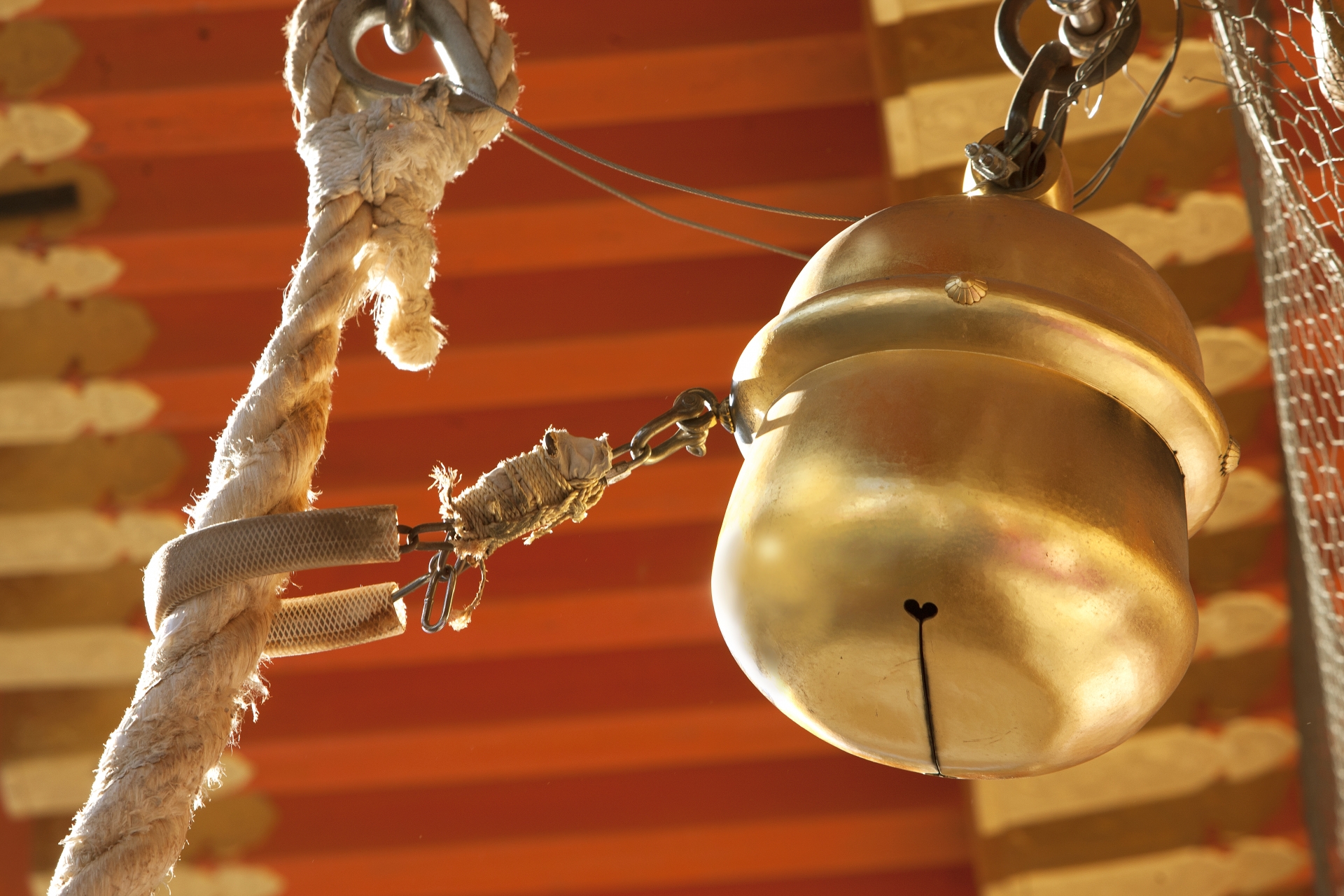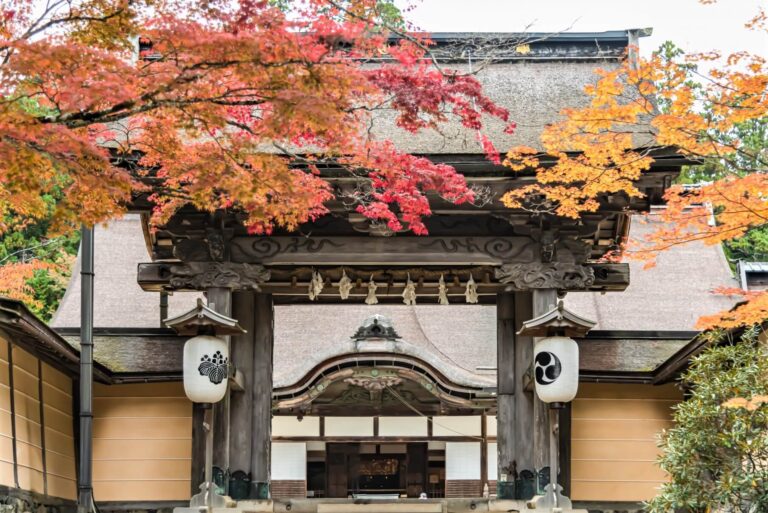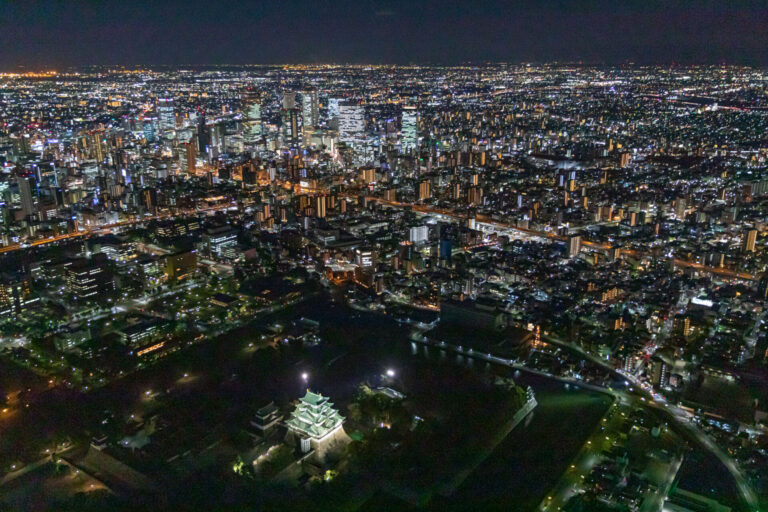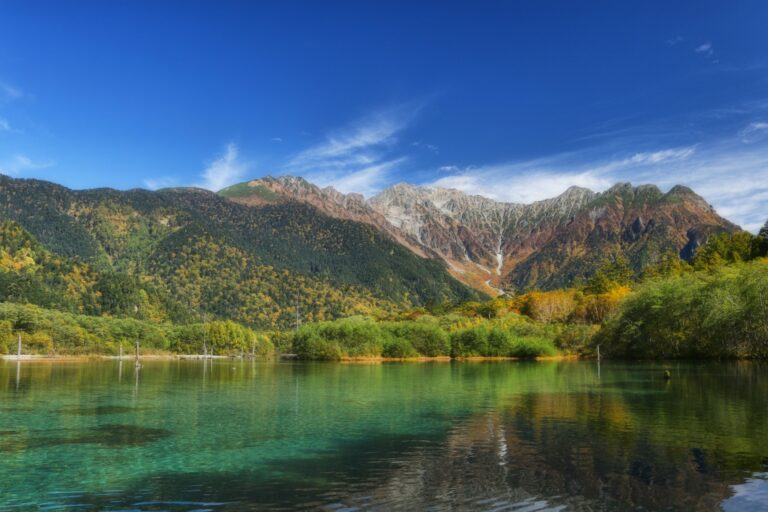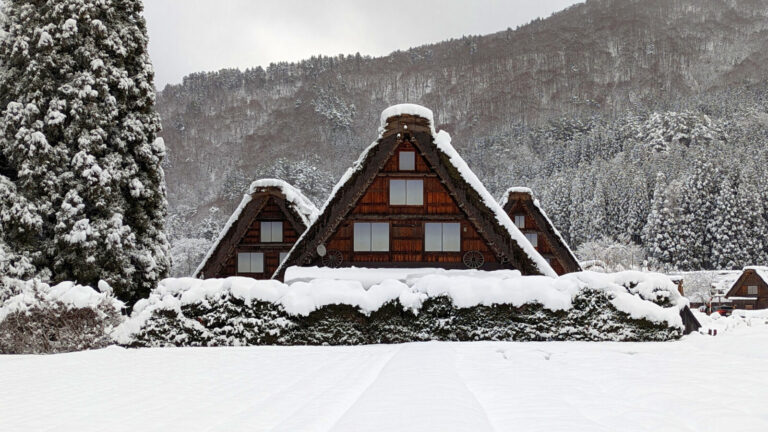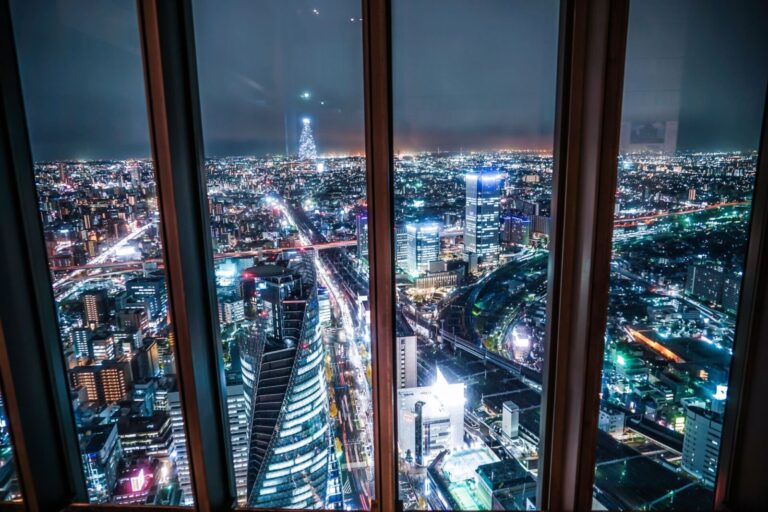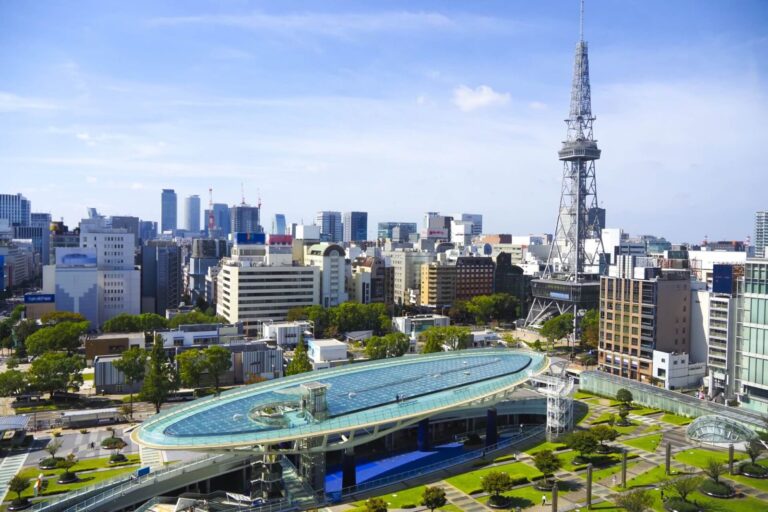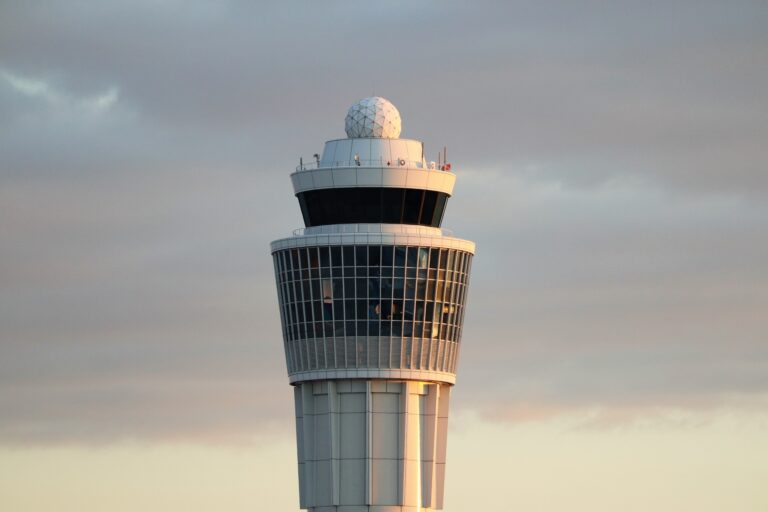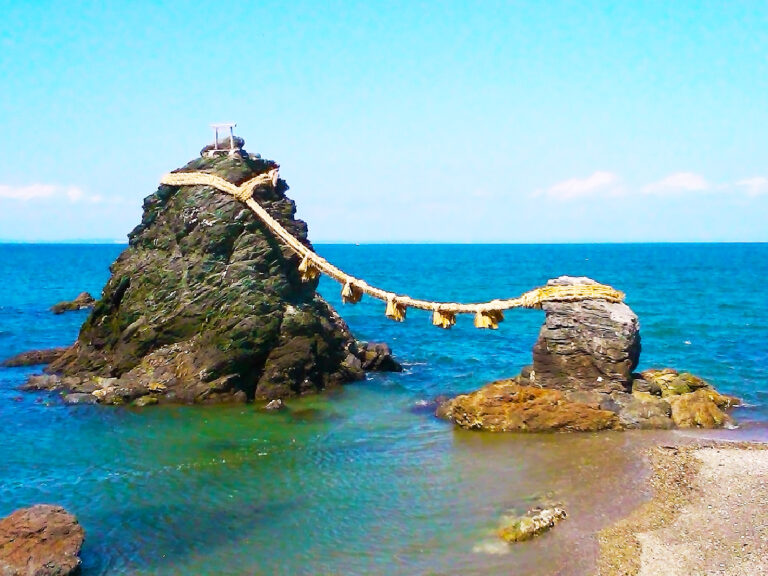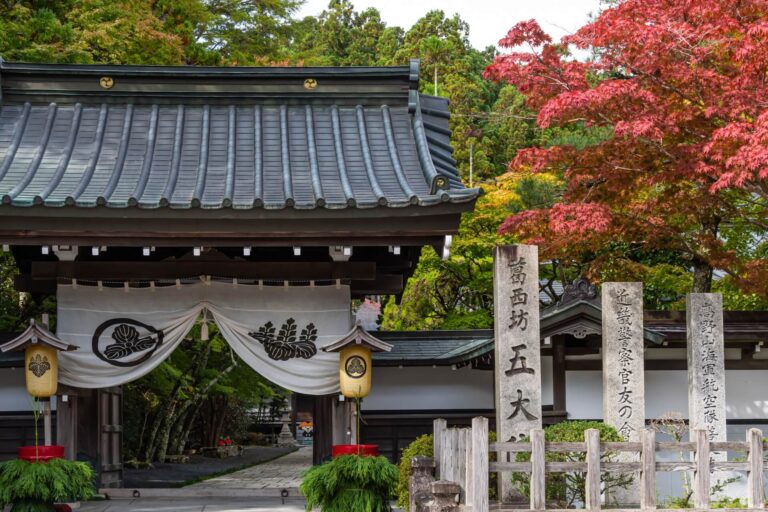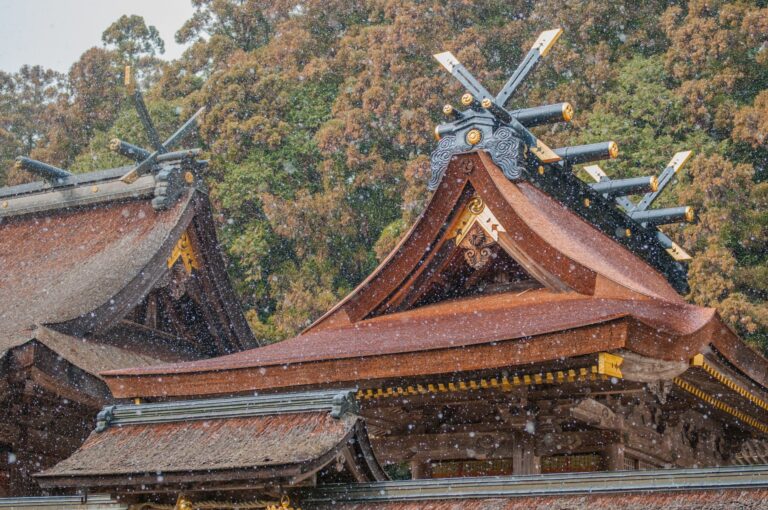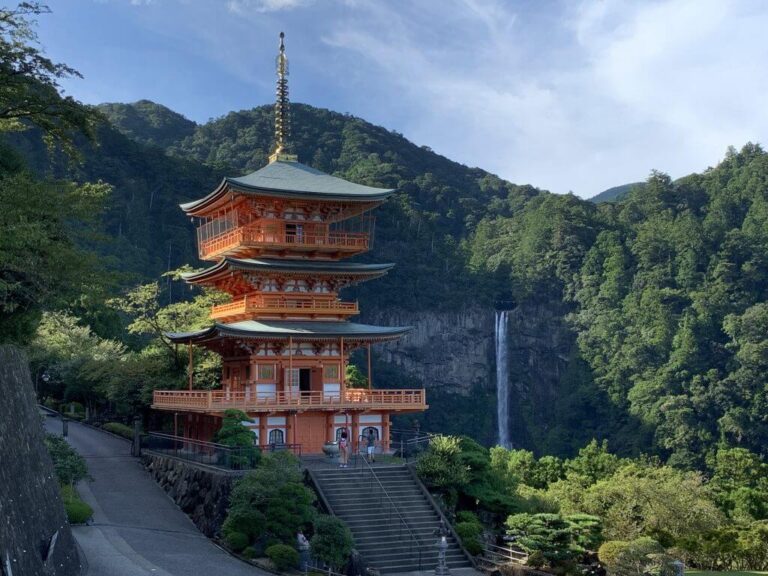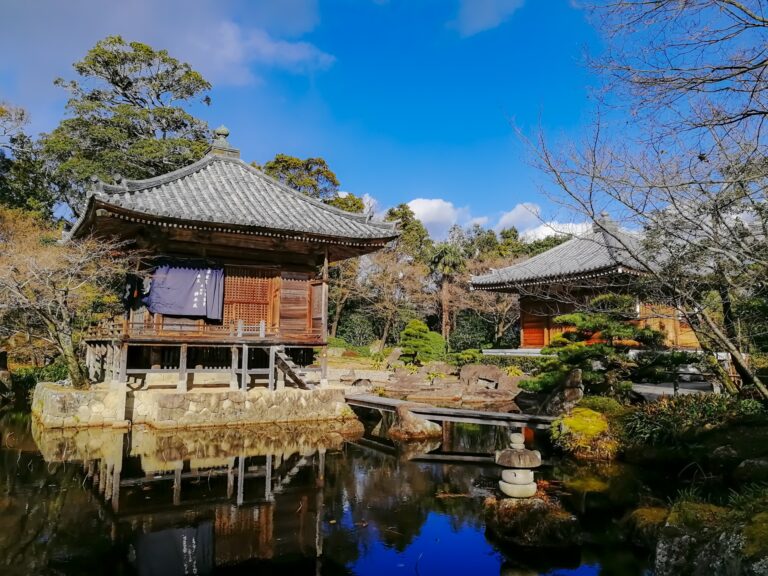Atsuta Jingu
Atsuta Shrine is one of the most important shrines in Shintoism. The shrine was founded to house the legendary sword, Kusanagi no Tsurugi—one of the three imperial regalia along with the sacred mirror at Ise Jingu and the sacred jewel at the Imperial Palace. Approximately 9 million people visit this shrine annually to view the 4,000 artifacts which have been donated to the shrine by the Imperial Family, shoguns, feudal lords, and common persons.
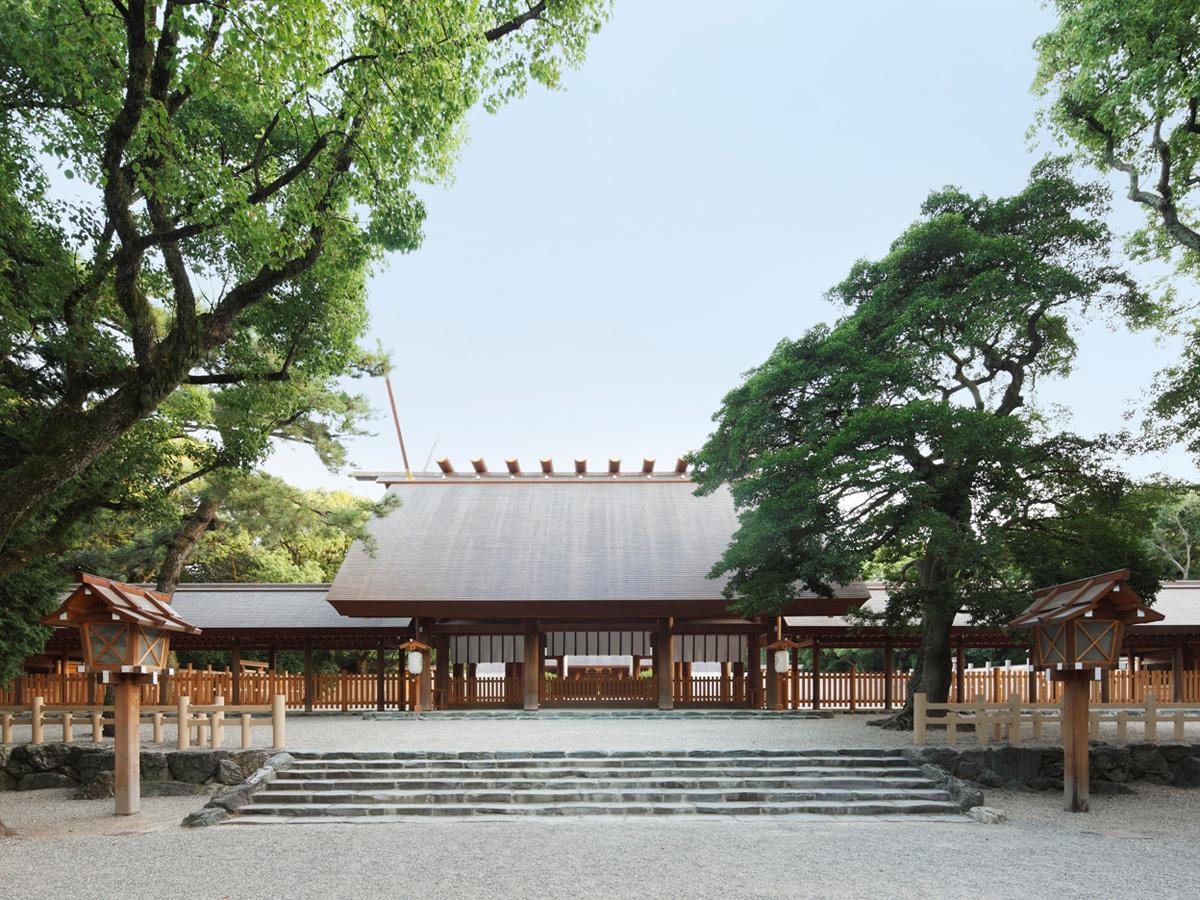
The shrine complex can be accessed any time of day and admission is free of charge (although the shrine itself will be closed at night). Please note that photography, eating, drinking, and the use of mobile phones are prohibited within the temple grounds, particularly within the sacred spaces such as the fenced area within the shrine.
Want to experience Nagoya’s unique culture for yourself?
Based in Central Japan and operating all-year-round, we offer highly entertaining group-tours of Nagoya and the surrounding areas that are sure to please. All tours are led by locally-based guides and will take you around the must-see sights in the region, as well as some lesser known gems. Our tours are fun, interactive and family-friendly. For more information, or to book a tour, click on the banner.
1 Day Tour
| 1-Day Guided Garden Walk through Nagoya’s Castle, Gardens, and Historic Estates | |
| Period | All Year Round |
| Time | 9:00 – 17:00 |
| Meeting Place | JR Nagoya Station |
| Adult Rate | ¥17,800 |
| Child Rate | ¥11,000 |

Of course, we also offer private tours and transport in and around the Nagoya area, and other regional destinations. Our drivers and vehicles are fully certified, allowing us to transport you to and from your preferred destinations in combination with any activity that suits your schedule. All vehicles are well-maintained and in good condition, allowing you to relax and enjoy your ride to wherever you are going.

We can arrange both private tours with an English-speaking guide or a private charter. With door-to-door service, we can pick up you up from where you are and take you to where you want to go anywhere in Central Japan and the neighboring regions. For more information, please click HERE to check availability and pricing for your trip. We’d love to be part of your adventure in Central Japan and help you discover even more!



